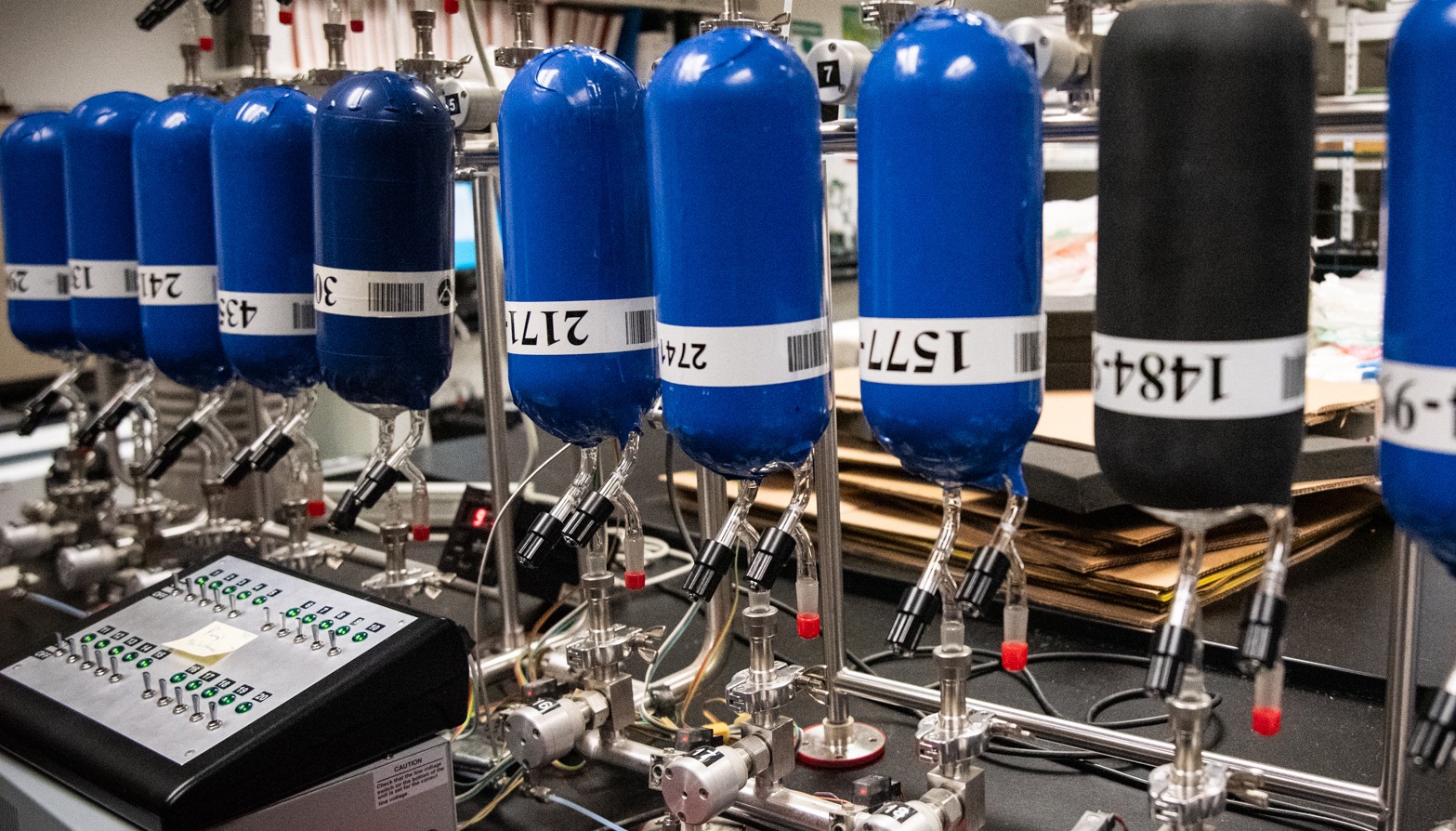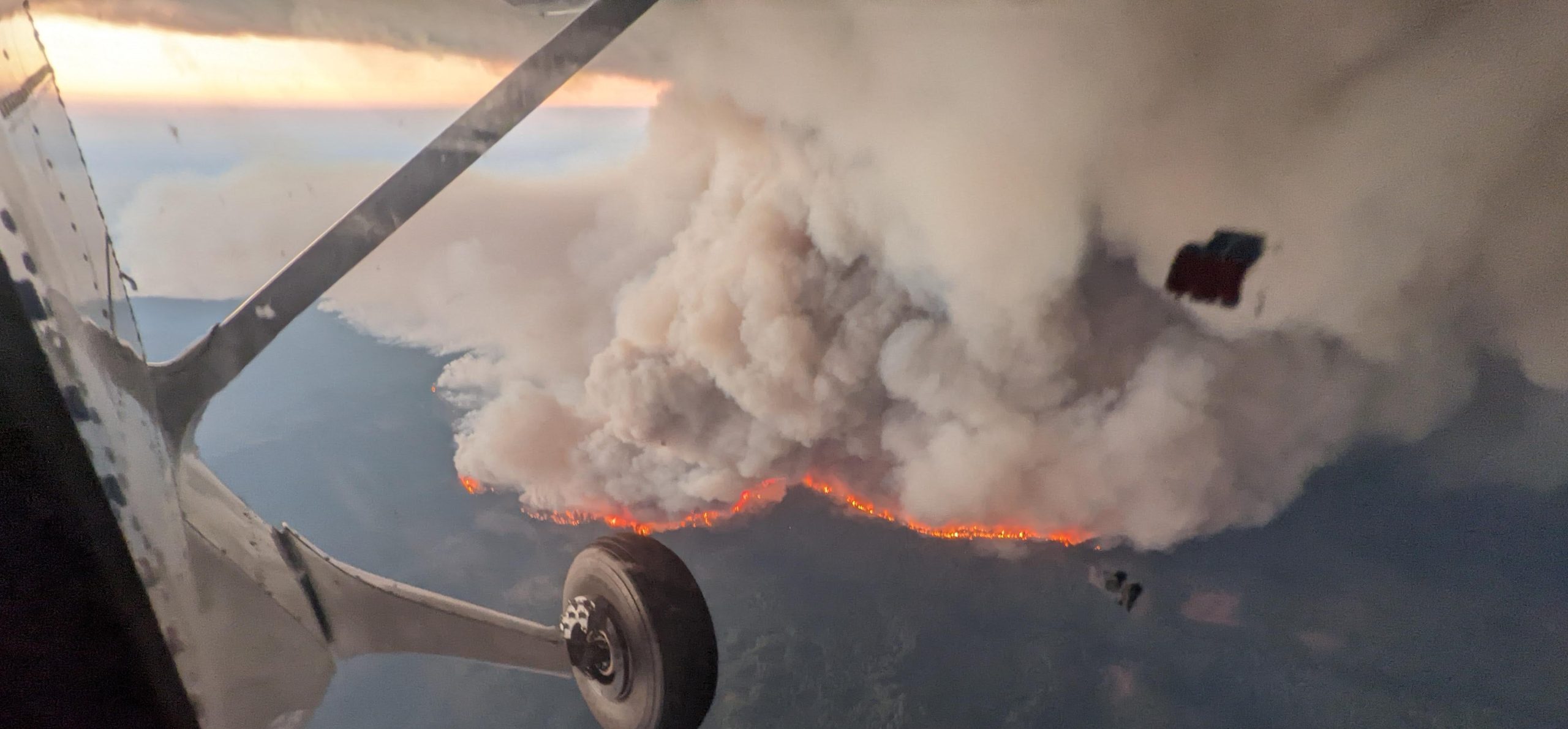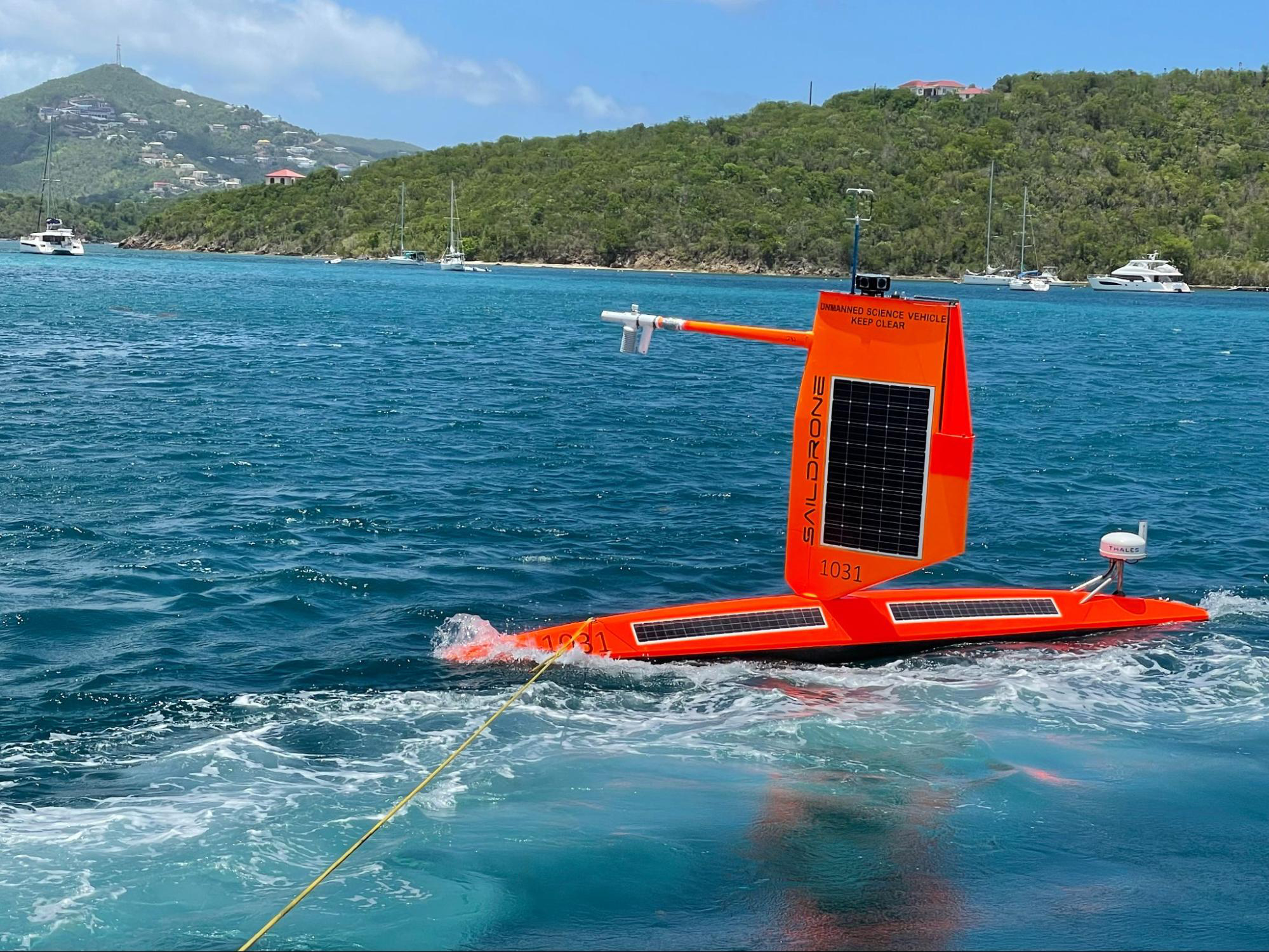Rio de Janeiro and Freetown, Sierra Leone, measure their hottest neighborhoods
For the last seven years, NOAA has supported more than 70 U.S. communities in projects to help citizens map the hottest neighborhoods of their community. Earlier this year, NOAA branched into the wider world to support two heat island mapping campaigns overseas.
The mapping campaigns are designed to raise awareness that extreme heat is a silent killer. It’s the deadliest of all weather hazards in the United States.
In the U.S., the campaigns are helping spur a range of locally-driven community actions to address extreme heat from Seattle to Houston to Boston, including planting trees, creating cooling centers, resurfacing streets to reflect more heat, and prioritizing cooling strategies in climate resilience plans.
“While we’re continuing full steam ahead with urban heat island mapping campaigns in the United States – we just announced campaigns in 14 states – we know that heat is a global problem and many of the challenges we’re experiencing in the U.S. are experienced around the world,” said Hunter Jones, NOAA program manager for the National Integrated Heat Health Information System. “We can learn a lot by working with partners internationally and we also have some lessons we can share.”


This January, in the midst of their hottest periods of the year, community leaders and volunteers in Rio de Janeiro, Brazil, and Freetown, Sierra Leone, mapped their cities for heat islands in NOAA-supported programs. Jones took part in the project in Freetown and Joey Williams, program manager for CAPA Strategies, NOAA’s science partner on urban heat island mapping, flew to Rio de Janiero to assist in that campaign.
“The U.S. has a leadership role to play in climate resilience and science diplomacy, and we do these campaigns in coordination with government entities that do this work,” said Jones. “We learn a lot from the experiences of partners in other countries. They have things to teach us, like how to mobilize volunteers. In Sierra Leone, they used a network of 12 community-based organizations focused on various aspects of the heat resilience issue.”
NOAA funding pays for the sensors used in the mapping campaigns and scientific data analysis by CAPA Strategies to transform the citizen-collected data into maps for each community that identify inequities in heat impacts on different areas of the community. In turn, communities do the local organizing, volunteer recruitment and provide other support. NOAA funding does not go directly to the U.S. or international communities.


Campaigns depend on volunteers from schools, communities
Nubia Beray, the local leader in Rio, who is a professor of climatology at the Federal University of Rio, recuited a number of students from her university as well as members of Rio’s city operations department, the city’s emergency management agency. The students and workers, accompanied by community volunteers, drove cars on the 18 routes through Rio to collect data, each car equipped with a snorkel-like sensor attached to a side window. The same sensors are used in all of NOAA’s U.S. campaigns to collect temperature, humidity and location data to create detailed urban heat island maps.


In Freetown, Eugenia Kargbo, Freetown’s and Africa’s first ever heat officer, led the campaign.
Kargbo worked with Eric Hubbard, who serves as a technical advisor on climate adaptation projects for the City of Freetown. Kargbo and Hubbard co-lead a major project funded by the World Bank, #FreetownTheTreeTown, a community tree growing program, co-designed with climate-vulnerable communities to plant a million trees in Freetown to combat extreme heat. This program is creating jobs and developing a new market for investing in the longterm capture of carbon dioxide by sustainable urban forests.


“The plan for data from the heat mapping assessment is to further develop a comprehensive, evidence-based heat action plan for the city,” said Kargbo. “This data provides a deeper understanding on heat, one of our most urgent climate risks, and aids us in identifying sustainable and integrated solutions to help communities adapt, and in the long term, reduce temperature and heat events.”
The Freetown urban heat island mapping campaign had a jazzy flair not seen anywhere yet. Instead of using cars, volunteers zipped through the city streets and gravel paths on their mapping routes on motorcycles equipped with heat sensors on the handlebars.
Freetown also combined the campaign with several high profile events focused on reducing heat. The city installed the first of several specially designed awnings over a block-long city market where primarily women work in stalls selling food and household wares. The market shades, funded by the Adrienne Arsht Rockefeller Foundation, create welcome respite from the scorching tropical sun. On mapping campaign day, the volunteers also set up information booths throughout the city to raise public awareness of heat, its health impacts and inform people about what they could do to reduce harmful impacts.


“I attribute the strength of the Freetown heat campaign to governance,” said Jones. “Here in the U.S., it’s a huge challenge nationally and locally tackling the heat issue because it’s spread out all over the federal government and local governments. Freetown has designated one heat officer who is strongly supported by city government. We’re beginning to see this in the U.S. as well, with some cities appointing heat officers.”
Jones added: “We’ve worked to address this issue in the U.S. at the federal level by creating the National Integrated Heat Health Information System, which brings together multiple U.S. federal agencies that focus on heat.”
Maps will be tools to track progress on cooling strategies
With the Freetown heat island map now completed, the city will use it to track the effectiveness of several cooling projects, including the newly planted trees and the market awnings.
“We want to determine if we are having success in mitigating heat exposure,” said Hubbard,


The challenges are big in both Freetown and Rio de Janiero where many people live in homes made from materials that amplify heat. Hubbard explained that people build homes of zinc in his city because the material is cheap and available. In Rio, the homes of some of the poorest residents in favellas are made of cinderblock. “The roof of one cinderblock home becomes the floor of the next unit,” said Williams. “You could see how these homes can turn into ovens in high temperatures.”
Rio leaders and CAPA strategies are analyzing the results from Rio. In both cases, each city has plans to use this data to inform projects for a cooler future for their most vulnerable residents.
“Half the world’s population will live in cities by 2050, which will further compound the problems of intense heat and heat waves,” said Kargbo. “Understanding the problem is part of the solution, and the urban heat mapping assessment by NOAA, gives us clear insight into the problem. However the process must be integrated, locally led and owned by decision makers and stakeholders to attain the ultimate goal.”
For information about NOAA and the National Integrated Heat Health Information System Urban Heat Island Mapping Campaigns, go to Heat.gov and click on this link.
Media contact: Monica Allen, director of public affairs for NOAA Research, at monica.allen@noaa.gov or 202-379-6693



